
Maintaining a beautiful and thriving yard garden is a dream for many homeowners. One of the key aspects of successful gardening is ensuring that the soil around your plants is healthy and nutrient - rich. However, the thought of having to dig up your plants to amend the soil can be daunting and even risky for the well - being of your beloved greenery. Fortunately, there are several easy tips you can follow to amend the soil around plants without having to dig them up.
First and foremost, let's understand why soil amendment is crucial. The soil in your garden is like a living ecosystem. Over time, it can become depleted of essential nutrients, its structure can break down, and it may develop issues such as poor drainage or compaction. By amending the soil, you can improve its fertility, aeration, and water - holding capacity, which in turn promotes healthy root growth and overall plant health.
One of the simplest ways to amend the soil without digging up the plants is through top - dressing. Top - dressing involves adding a layer of organic matter on top of the existing soil around the plants. You can use materials such as compost, well - rotted manure, or leaf mold. Compost is an excellent choice as it is rich in nutrients and beneficial microorganisms. Spread a layer of about 2 - 3 inches of compost around the base of your plants, being careful not to pile it up against the stems. This layer will gradually break down and seep into the soil, enriching it with nutrients.
Another effective method is using liquid fertilizers. Liquid fertilizers can be easily applied around the plants without disturbing their roots. There are many types of liquid fertilizers available in the market, including organic and synthetic options. Organic liquid fertilizers, such as fish emulsion or seaweed extract, are derived from natural sources and are gentle on the plants. You can dilute the liquid fertilizer according to the instructions on the package and pour it around the base of the plants. This allows the nutrients to be quickly absorbed by the roots.
For plants that require more aeration in the soil, you can use a technique called aerating with a fork. Take a garden fork and gently insert it into the soil around the plants, about 4 - 6 inches deep. Rock the fork back and forth slightly to create small holes in the soil. This helps to break up compacted soil and allows air, water, and nutrients to penetrate more easily. Be careful not to damage the roots of the plants while doing this.
Adding mulch is also a great way to amend the soil. Mulch not only helps to retain moisture in the soil but also gradually decomposes and adds nutrients to the soil. You can use materials like wood chips, straw, or shredded bark as mulch. Spread a layer of mulch about 3 - 4 inches thick around the plants. As the mulch breaks down, it will improve the soil structure and fertility.
In addition to these methods, you can also consider using soil - amending products such as vermiculite or perlite. Vermiculite is a mineral that can improve the soil's water - holding capacity, while perlite helps to improve aeration. You can mix these products into the top few inches of soil around the plants without having to dig them up. This can be especially beneficial for plants that prefer well - drained soil.
Regularly testing the soil is also important. You can purchase a soil testing kit from a garden center. By knowing the pH level and nutrient content of your soil, you can make more informed decisions about which amendments to use. For example, if the soil is too acidic, you can add lime to raise the pH level. If it is lacking in nitrogen, you can choose a nitrogen - rich fertilizer.
Finally, remember that patience is key when it comes to soil amendment. It may take some time for the amendments to take effect and for your plants to show visible signs of improvement. But by following these easy tips, you can gradually transform the soil around your plants into a healthy and thriving environment without having to go through the hassle of digging them up.
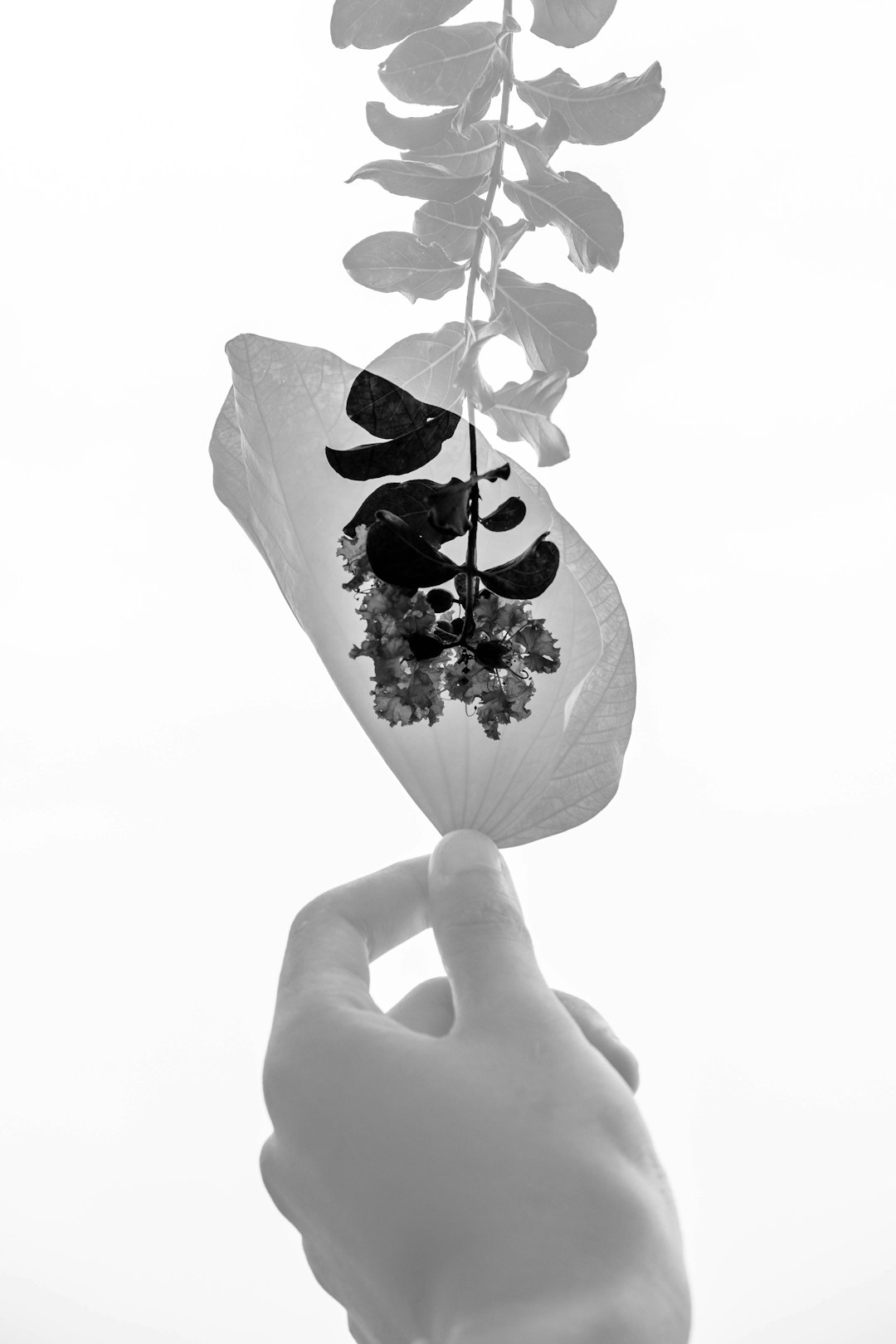
The Secret to Squirrel - Free Potted Plants
The Secret to Squirrel - Free Potted Plants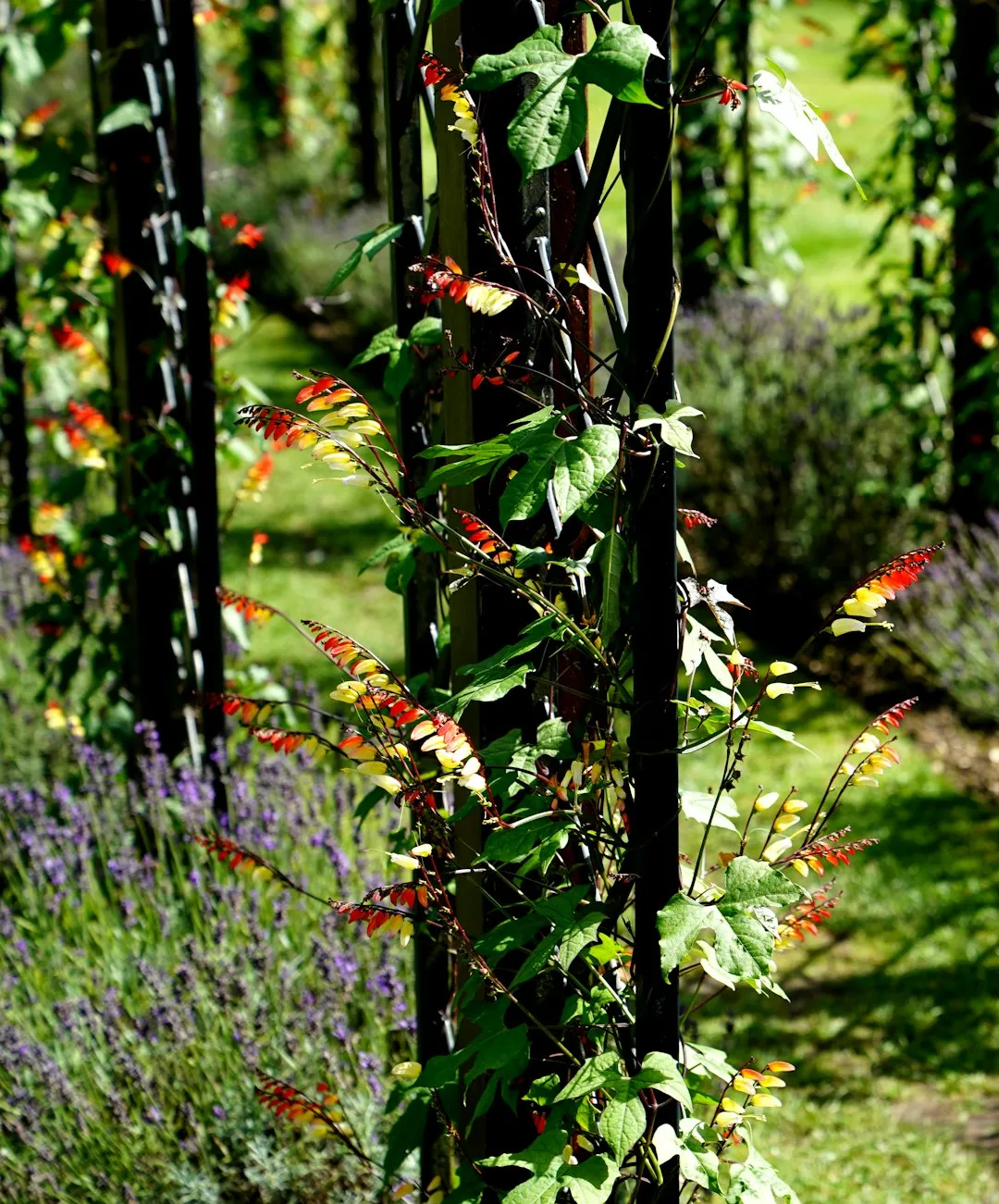
Sweet Rewards: Cultivating Berries in Containers
Sweet Rewards: Cultivating Berries in Containers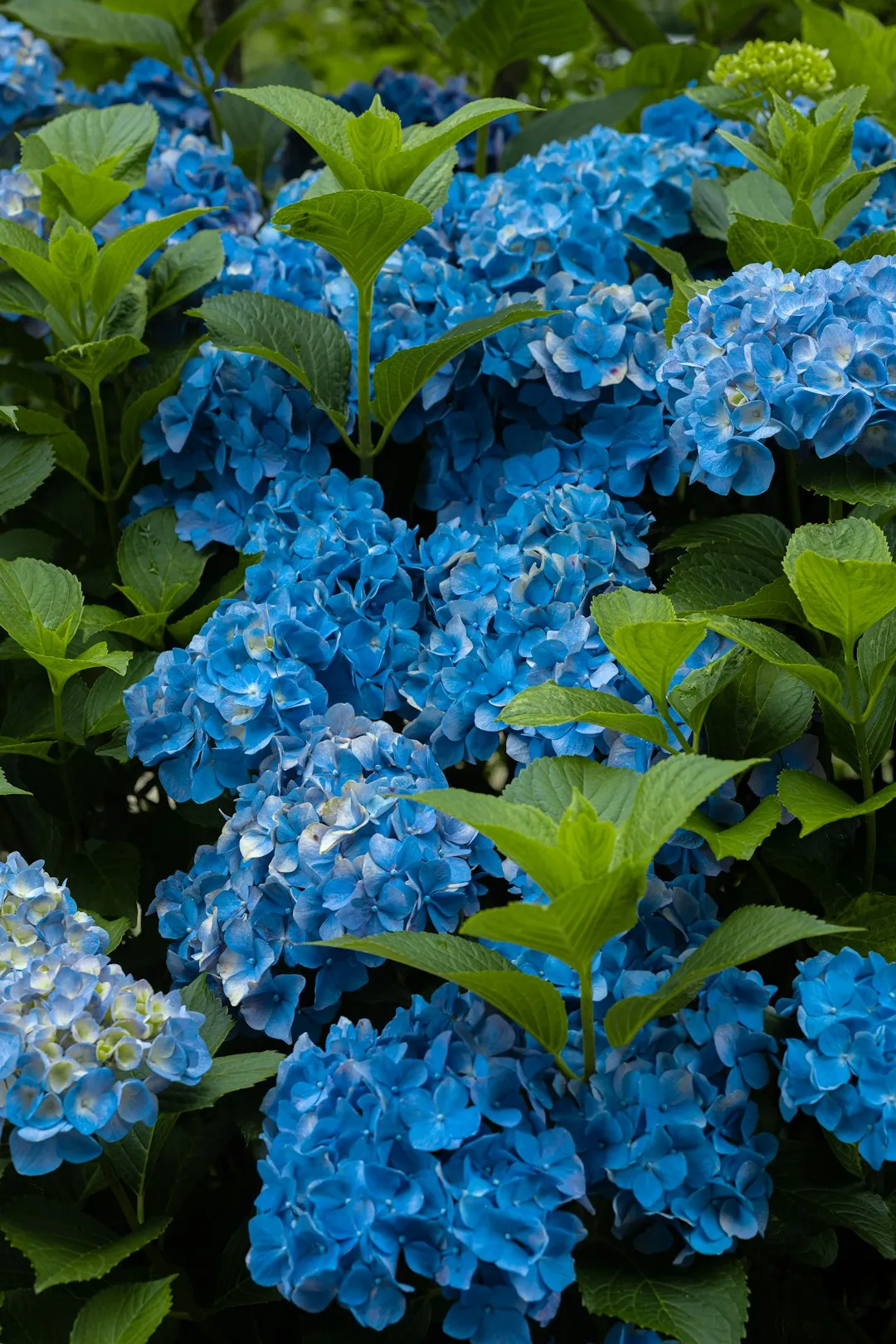
Unveiling the Secrets of a Stunning Lawn
Unveiling the Secrets of a Stunning Lawn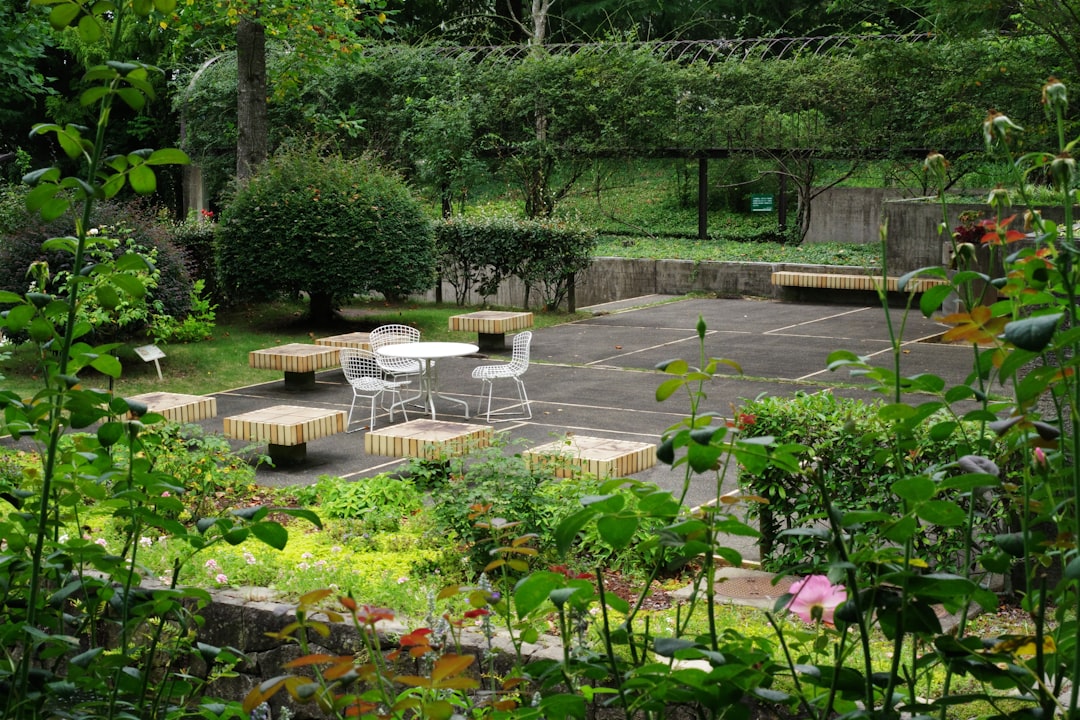
Fall Lawn Maintenance: The Key to a Healthy Yard in Winter
Fall Lawn Maintenance: The Key to a Healthy Yard in Winter
The Secret to Soil Amendment Without Uprooting Your Plants
The Secret to Soil Amendment Without Uprooting Your Plants
Unleash Your Garden's Potential: The Art of Seed Collection
Unleash Your Garden's Potential: The Art of Seed Collection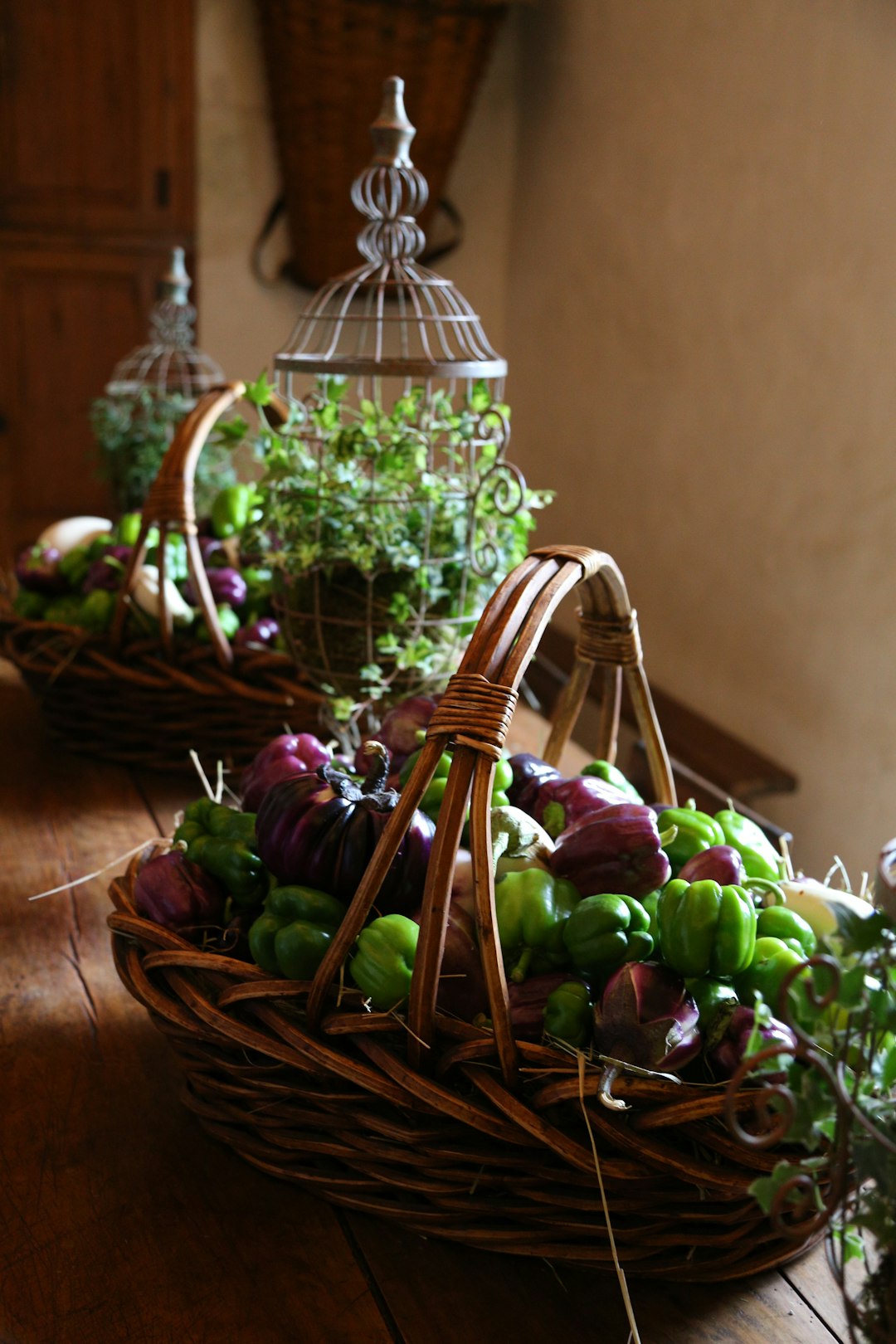
Pre - Summer Yard Care Essentials
Pre - Summer Yard Care Essentials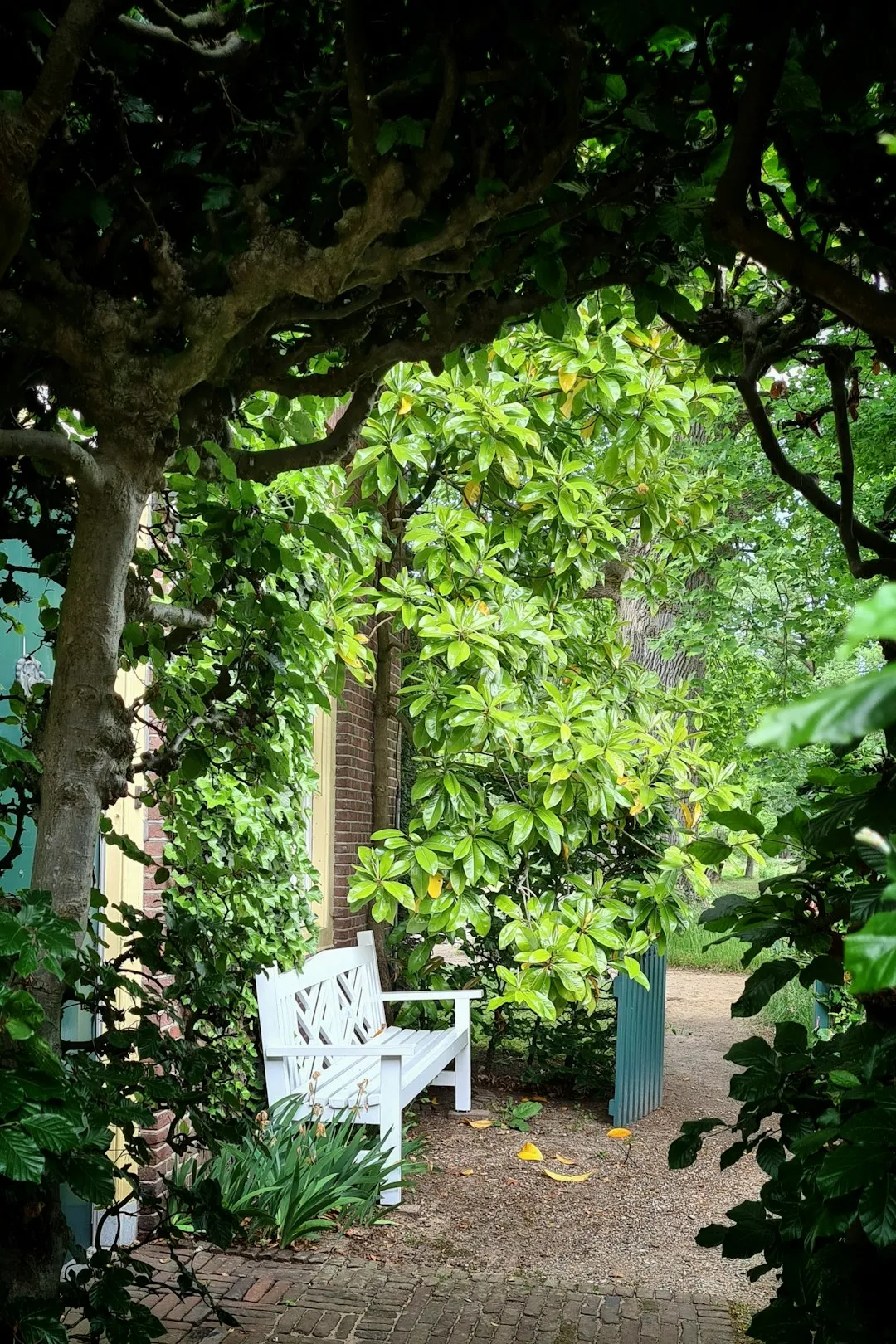
Weathering the Storm: Nurturing Your Garden in Extreme Conditions
Weathering the Storm: Nurturing Your Garden in Extreme Conditions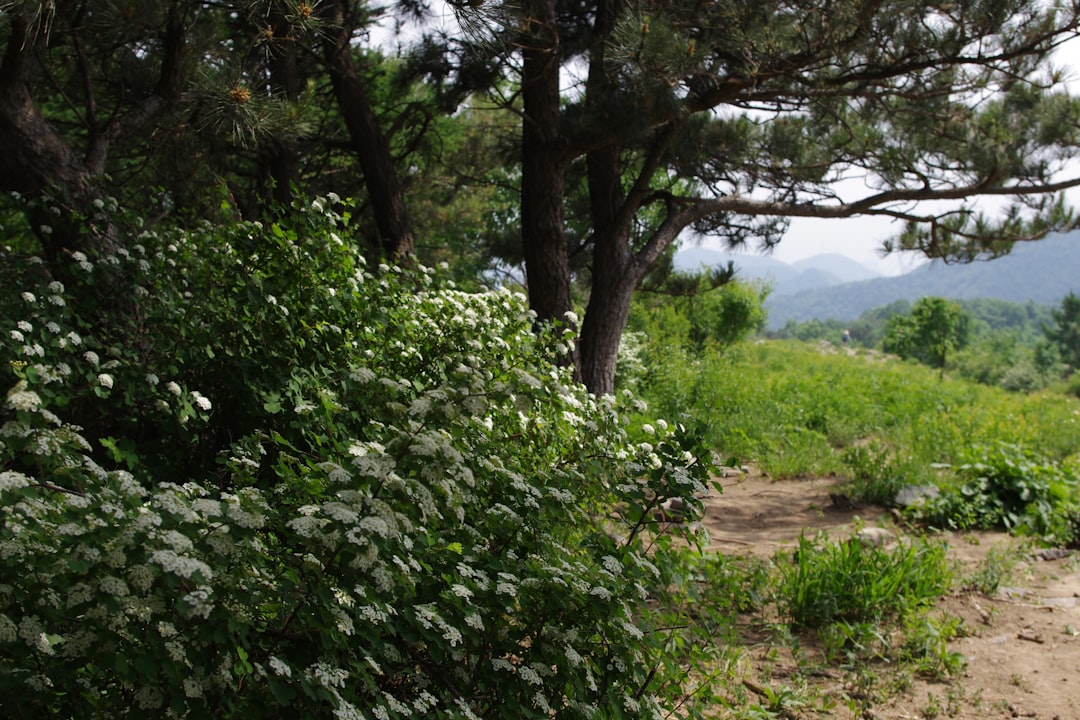
Summer Pruning: The 10 Flowering Plants to Leave Alone
Summer Pruning: The 10 Flowering Plants to Leave Alone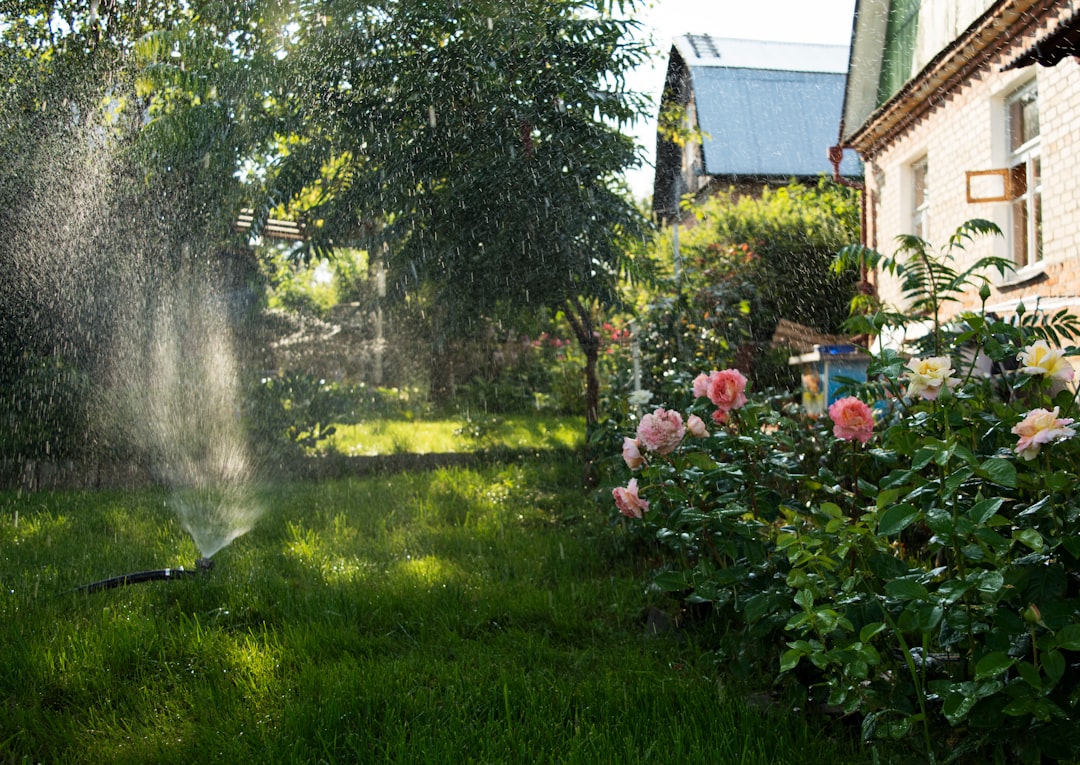
Unveiling the Hidden Gems of Perennial Gardening
Unveiling the Hidden Gems of Perennial Gardening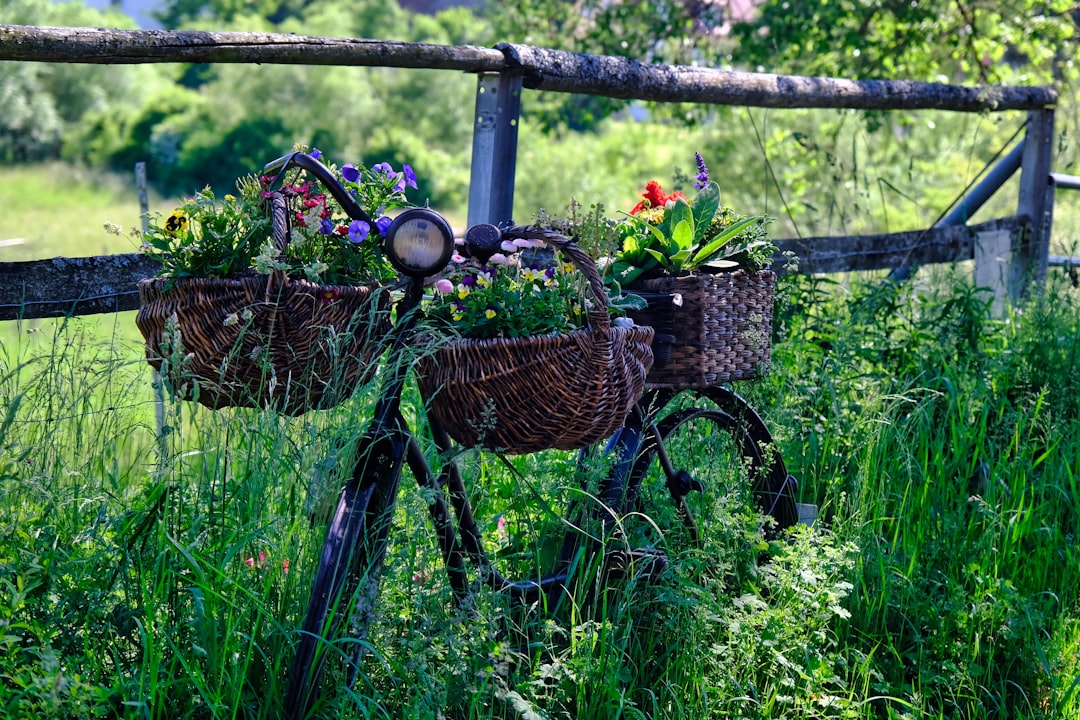
Unleashing the Beauty of Perennial Black - Eyed Susans in Your Garden
Unleashing the Beauty of Perennial Black - Eyed Susans in Your Garden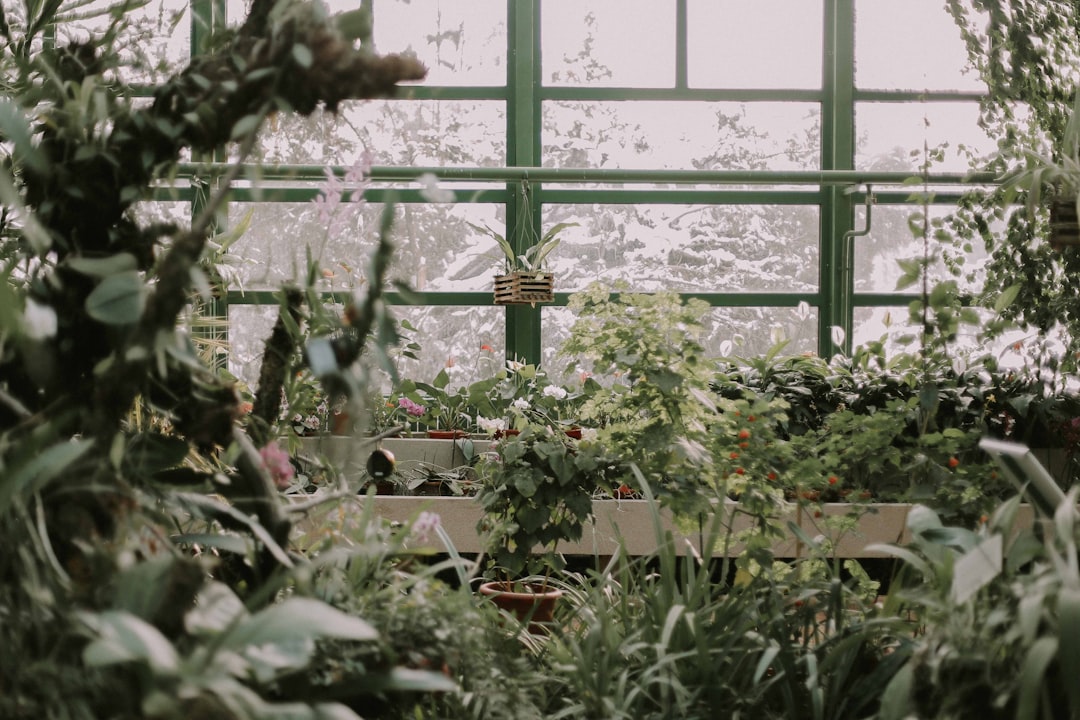
Unveiling the Secrets of Trillium Growth
Unveiling the Secrets of Trillium Growth
The All - Season Charm of Sedum Plants
The All - Season Charm of Sedum Plants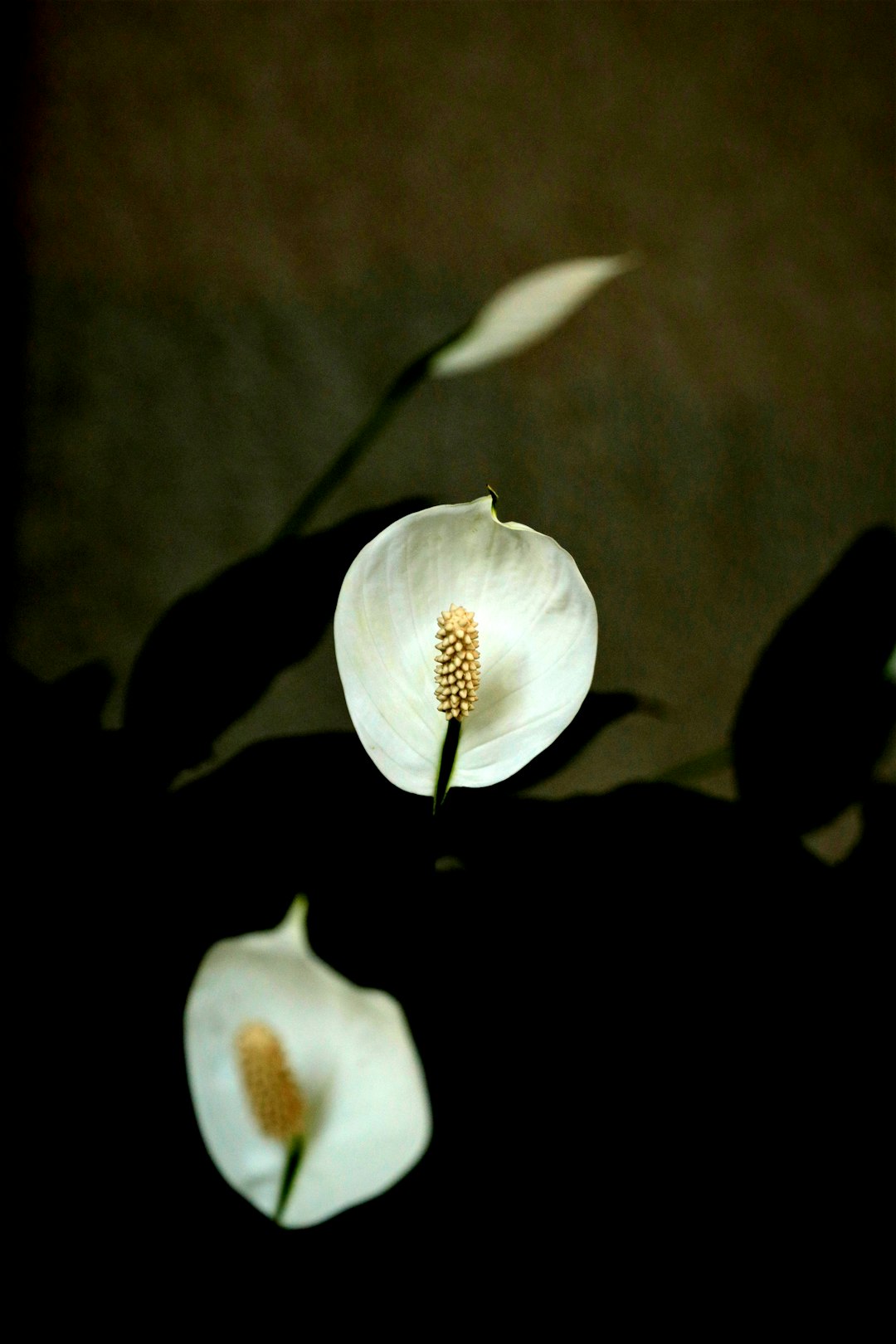
Banishing Snakes from Your Yard: Simple Solutions
Banishing Snakes from Your Yard: Simple Solutions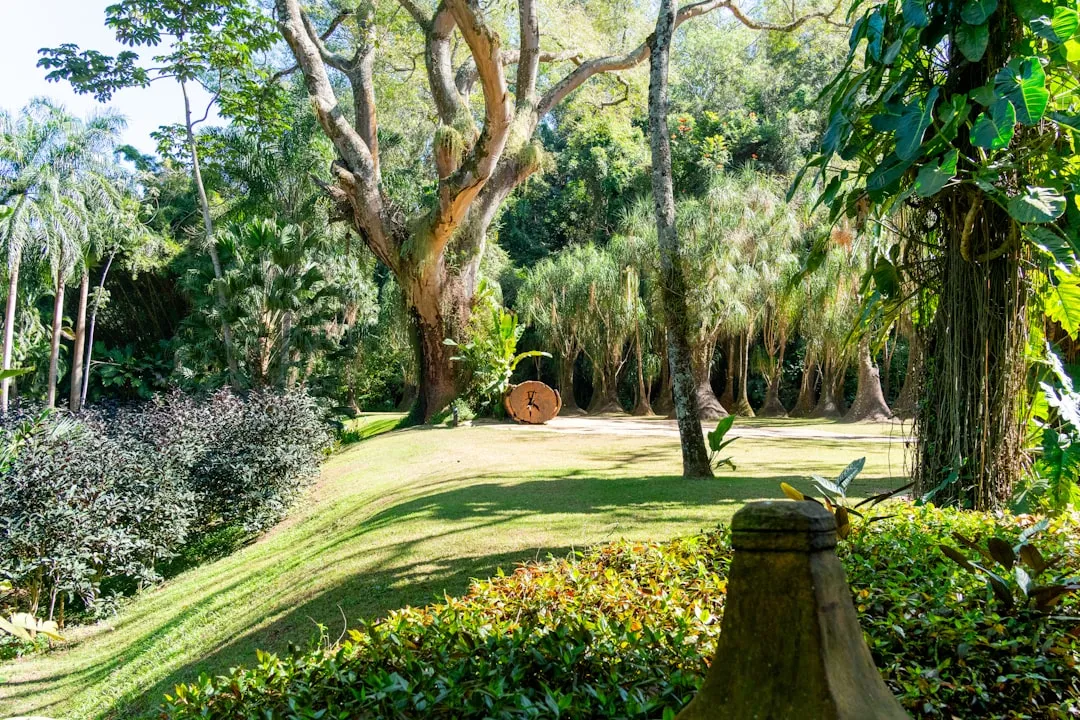
Secrets to a Bug - Free Garden: Conquering Squash Bugs Naturally
Secrets to a Bug - Free Garden: Conquering Squash Bugs Naturally
Transform Your Yard: Banish Crabgrass for Good
Transform Your Yard: Banish Crabgrass for Good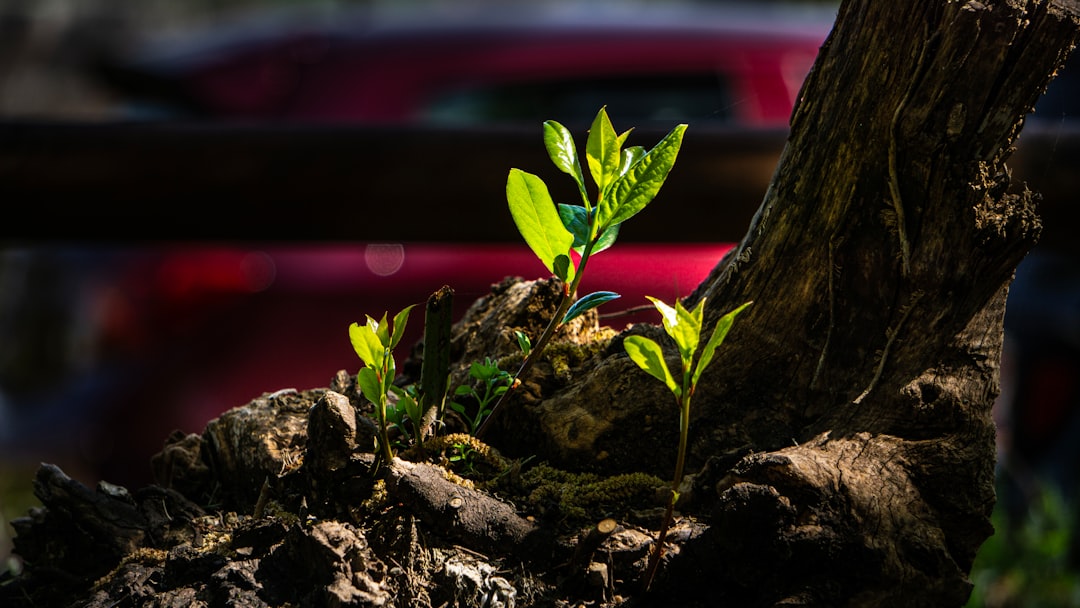
Unveiling the Wonders of a Low - Sun Garden
Unveiling the Wonders of a Low - Sun Garden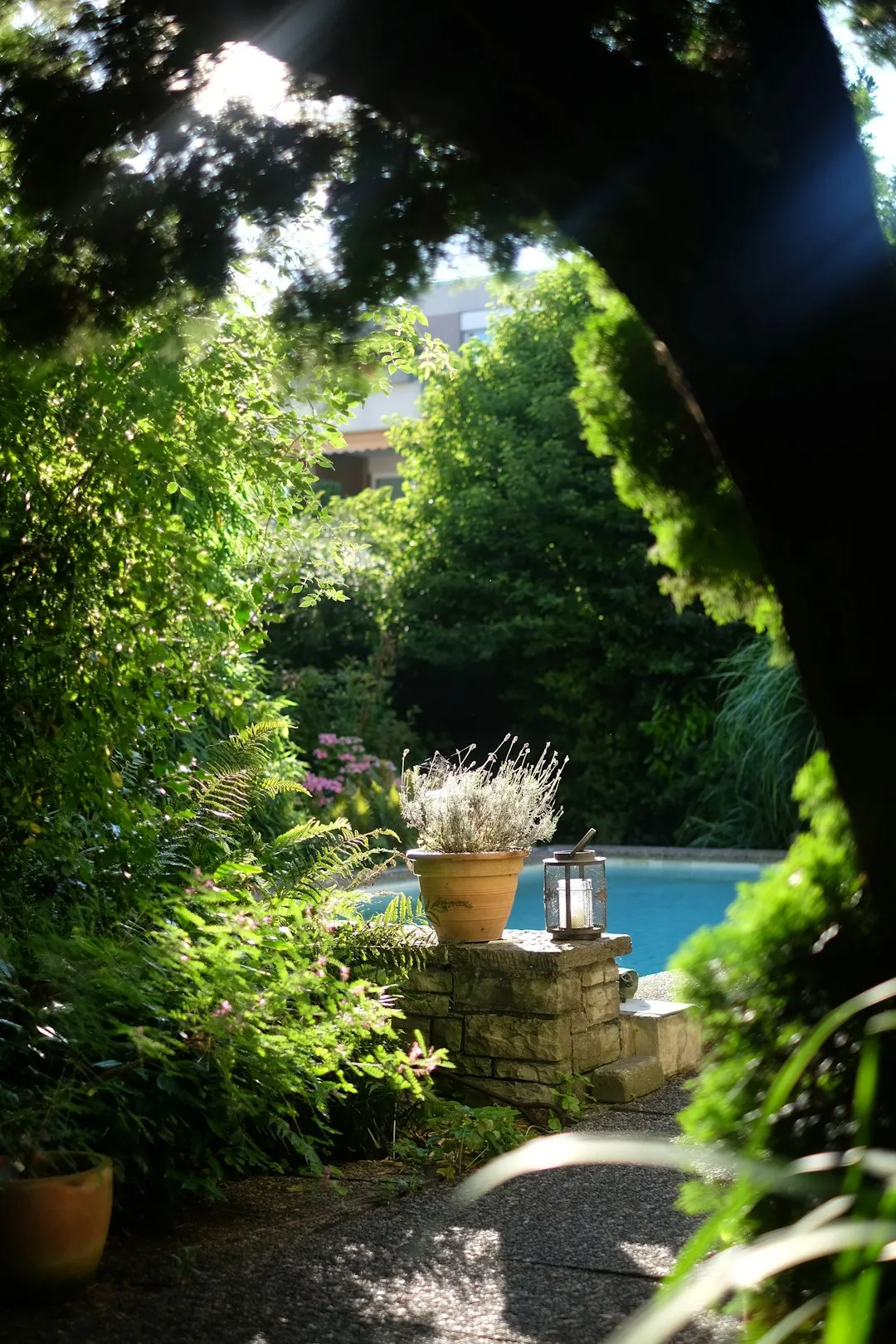
Unleash Your Garden's Potential: The Magic of Lasagna Gardening
Unleash Your Garden's Potential: The Magic of Lasagna Gardening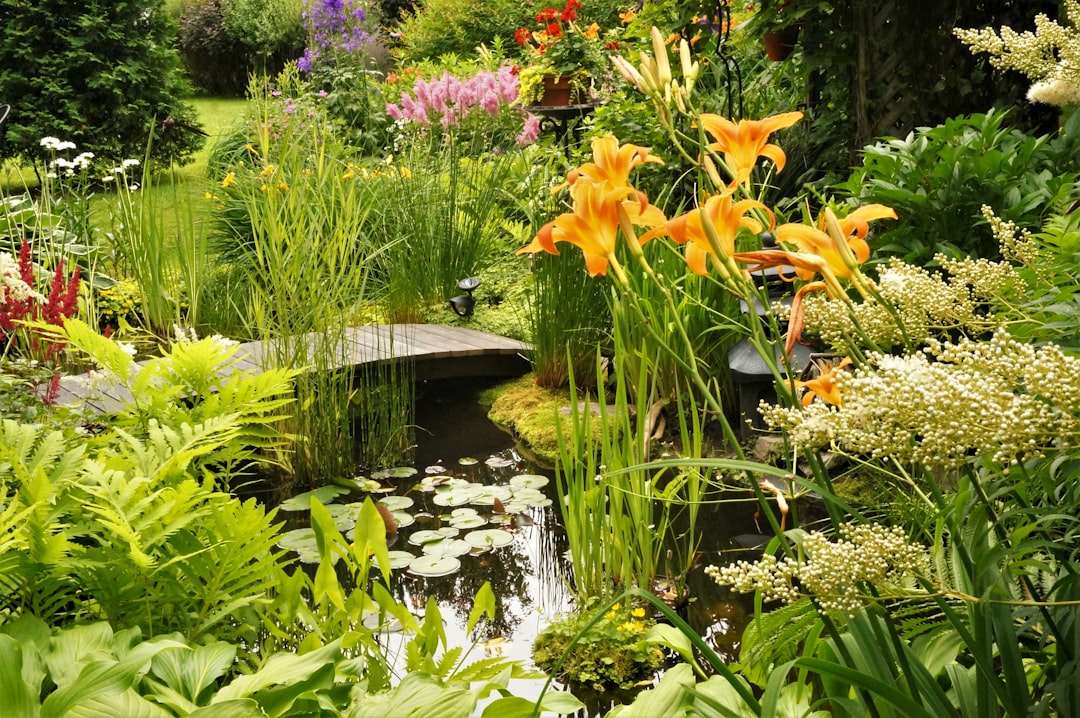
Unveiling the Mysteries of Lunar Gardening
Unveiling the Mysteries of Lunar Gardening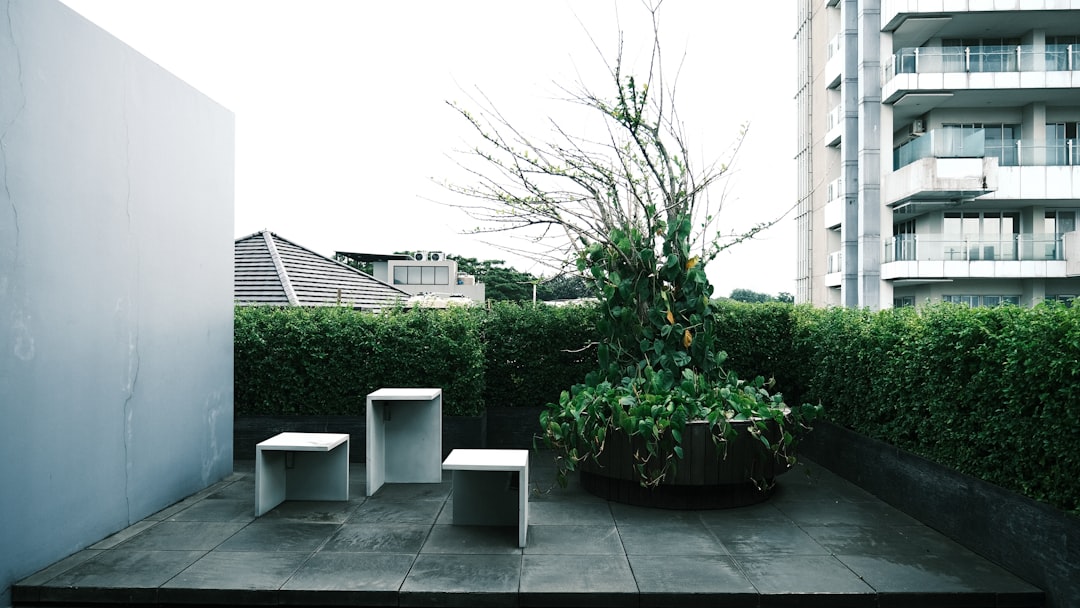
Unleash Your Inner Herbalist: A Guide to Indoor Herb Gardening
Unleash Your Inner Herbalist: A Guide to Indoor Herb Gardening